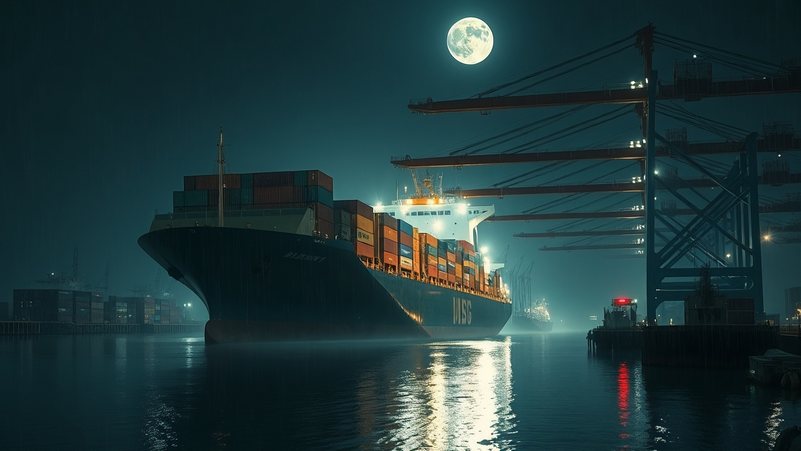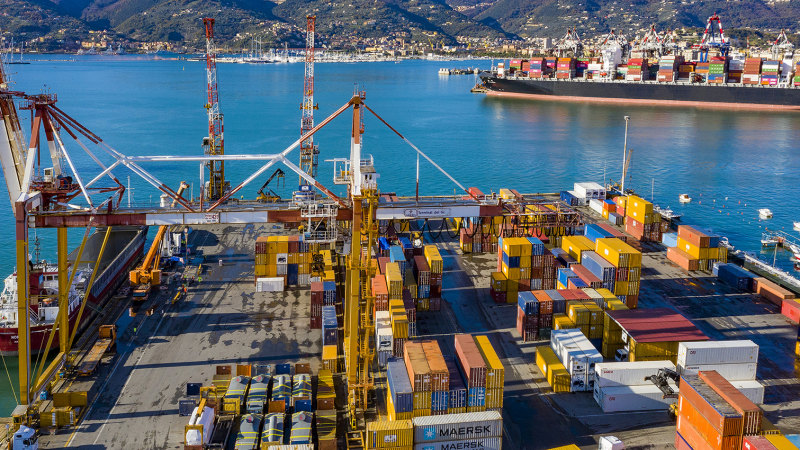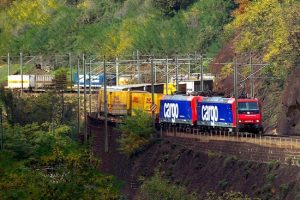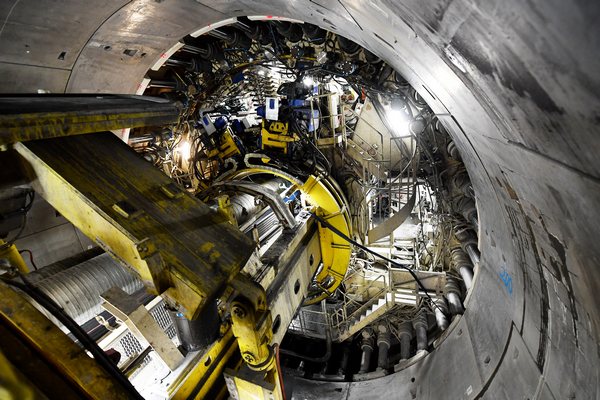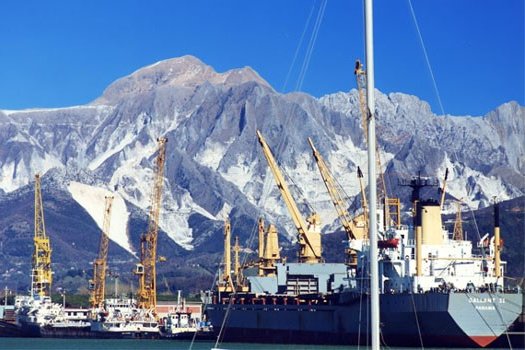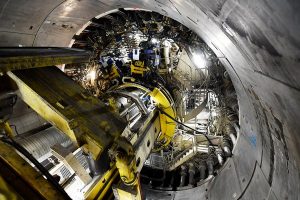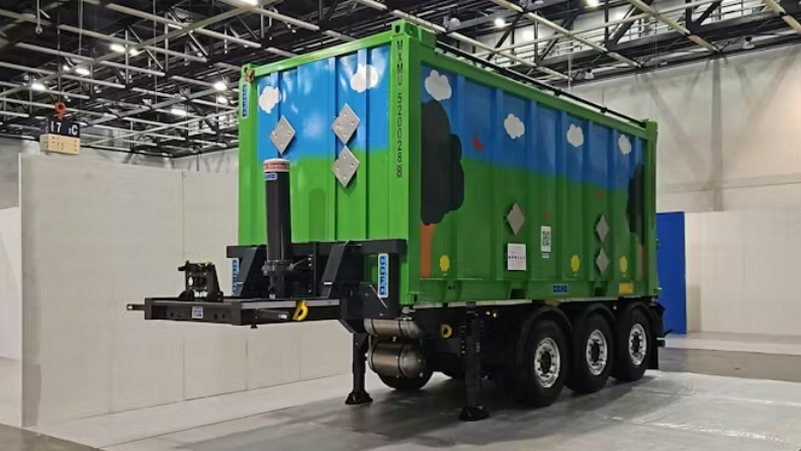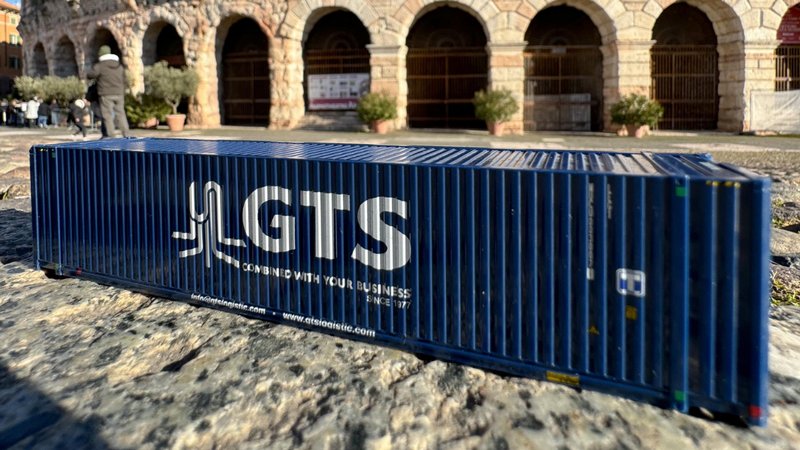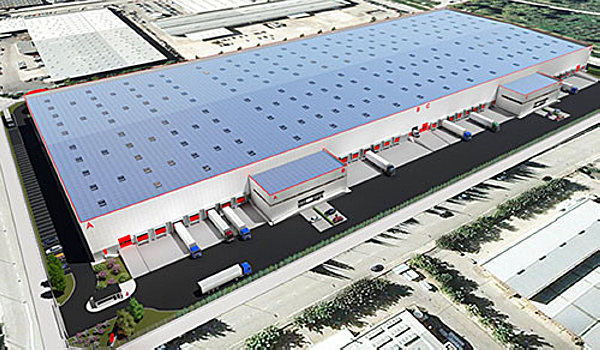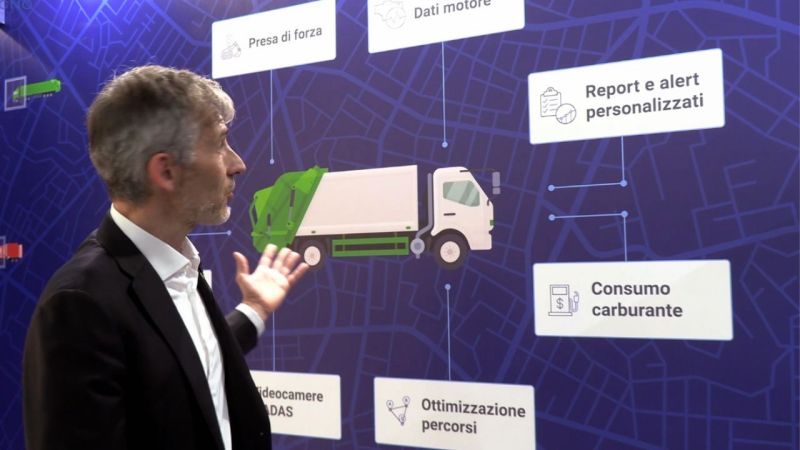Far from neglecting single wagon rail transport, Switzerland has initiated an ambitious financial incentive plan to support it over an eight-year period, aiming for medium-term economic self-sufficiency. This significant decision was made on January 10, 2024, by the Federal Council, the executive body of the Swiss government, representing the highest authority in the Confederation. This initiative is part of a broader strategy to enhance freight rail traffic and shipping transport, aiming to improve the overall efficiency of the transport system.
In early 2023, the Council launched a consultation on two financial commitment variants, ultimately opting for the more ambitious option to ensure appropriate framework conditions and substantial Confederation financial support. In Swiss legislation, this resolution is termed a "message" to be conveyed to the Parliament for what can be described as a popular ratification, given the Council's directorial government form.
The incentive plan entails 275 million euros in funding for the first four years. Additionally, indefinite contributions for transshipment and loading, along with allowances for costs not covered by standard transport offerings, amounting to over 60 million euros per year, are anticipated. Specific measures are also set to encourage intermodality between rail, waterway, and road transport, further promoting traffic shift from roads to these modes.
Switzerland is also decisively pursuing digital automatic coupling (DAC) technology. While other European countries are experimenting with mixed results and indecision, the Swiss Federal Railways (FFS) are moving forward. To this end, a one-time allocation of 190 million euros is provided for further advancements. Since May 2019, FFS has led a pilot project, regularly operating the first one hundred freight wagons and twenty-five locomotives equipped with automatic coupling and an ambitious program for digitalizing wagons. With plans to equip 15,000 wagons and 520 traction units with DAC, the established contribution covers 30-40% of the adaptation expenses. The goal is a drastic reduction in maneuvering costs, enhancing rail freight competitiveness.
Crucially, the Federal Council's decision does not burden public finances or state coffers, as the allocated funds represent a portion of the anticipated revenue from the Heavy Traffic Performance-based Fee (HVF), paid by road haulage, and channeled into the Railway Infrastructure Fund without detracting from maintenance and network expansion resources.
Piermario Curti Sacchi



